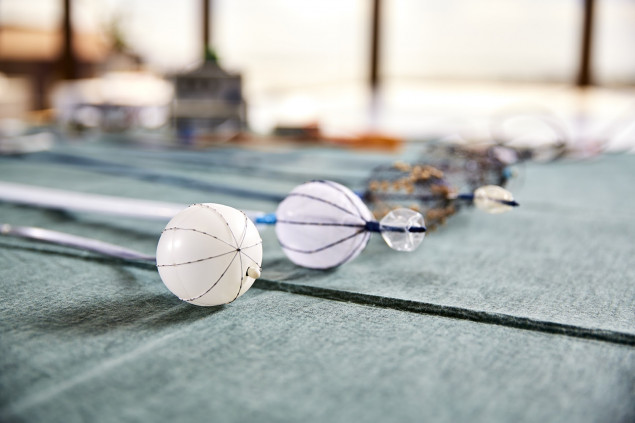Gut speak: the mechanics of gut communication

Dr Timothy Angeli, University of Auckland, will study how the small intestine communicates with the stomach via the smooth muscle valve called the pyloric sphincter
We bite, we chew, we swallow, we defecate. These are the conscious actions that we perform during digestion, but there are also other underlying subconscious physiological processes that move and digest food along our gastrointestinal tract to ultimately power our bodies.
The pyloric sphincter, or ‘pylorus’, is a band of smooth muscle at the junction between the stomach and the small intestine. It plays a vital role in digestion, acting as a valve to control the flow of partially digested food from the stomach to the small intestine. The pylorus also selectively controls the communication between the stomach and small intestine via electrical signals. Therefore, it is critically important to normal gastrointestinal function, and abnormal electrical signals have been associated with gastrointestinal disorders. However, the electrical signal conduction across the pylorus remains enigmatic, largely due to technical limitations of current recording systems and the intricate anatomical structure of the pylorus.

A series of prototype iterations of a new medical device developed in Dr Angeli's lab. Photo supplied
Previous researchers have discovered that pylorus tissue isolated and studied in the lab selectively allow certain electrical waves across its barrier. However, the mechanism behind selective conduction remains a mystery. Dr Angeli has been awarded a Marsden Fast-Start grant to address this important gap in gut communication. He and his team will develop a high-resolution gastrointestinal electrode device to map the electrical activity in the gut, customising the device specifically for the pylorus region. They will use this to determine the bioelectrical control of the junction between the stomach and the small intestine in fine detail. The electrical signals recorded by the device will be linked to pyloric function via pressure recordings from the pylorus, and structural analyses of the pylorus region, to determine cellular and bioelectrical mechanisms of pyloric function.
This project will pioneer a new generation of anatomically specific electrical mapping devices that could potentially be applied to understand various pylorus-related disorders and offer new treatment options.
